A photographer's prayer
Thanks for the random posing, guys.
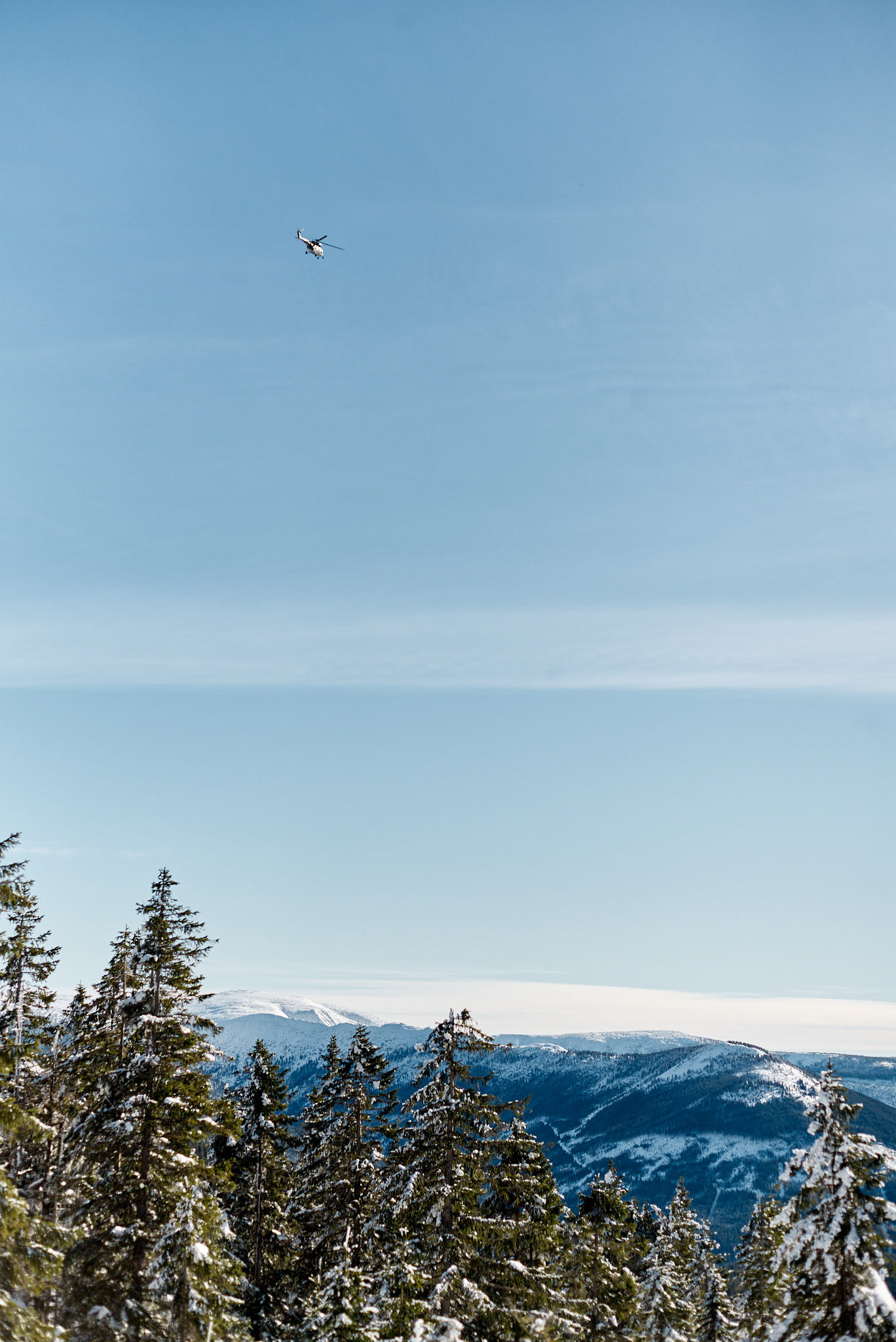

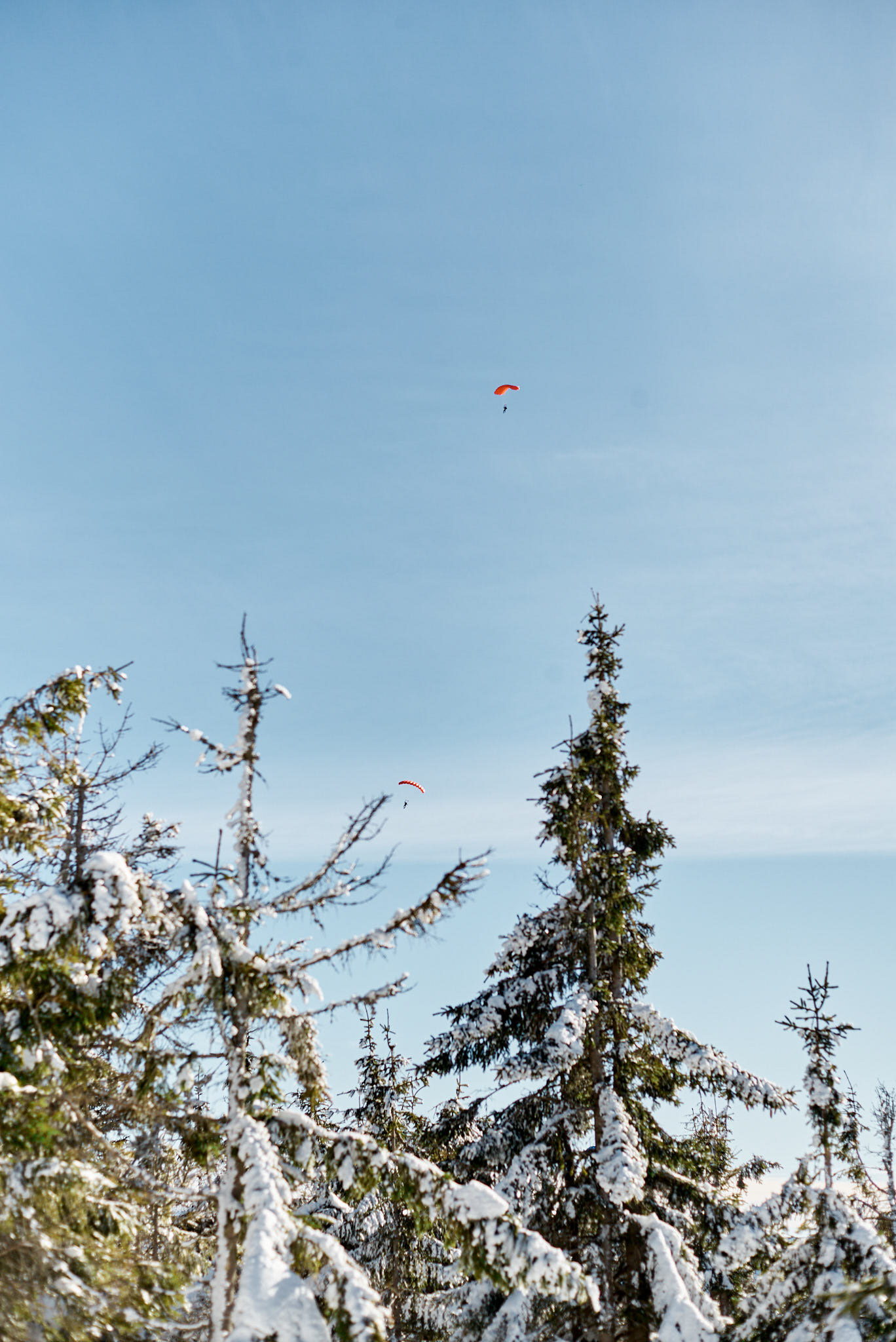
Petrovka, built upon ashes of a heritage-protected hut which burned down by "sheer accident".
.
Hochwiesenberg, Luční hora, the second highest peak of Krkonoše.

The Magnificent Hohes Rad, the emperor of western Krkonoše.

At 1509 m a. s. l. a monument to Wilhelm I. of Germany rises scourged by the unrelenting gales.
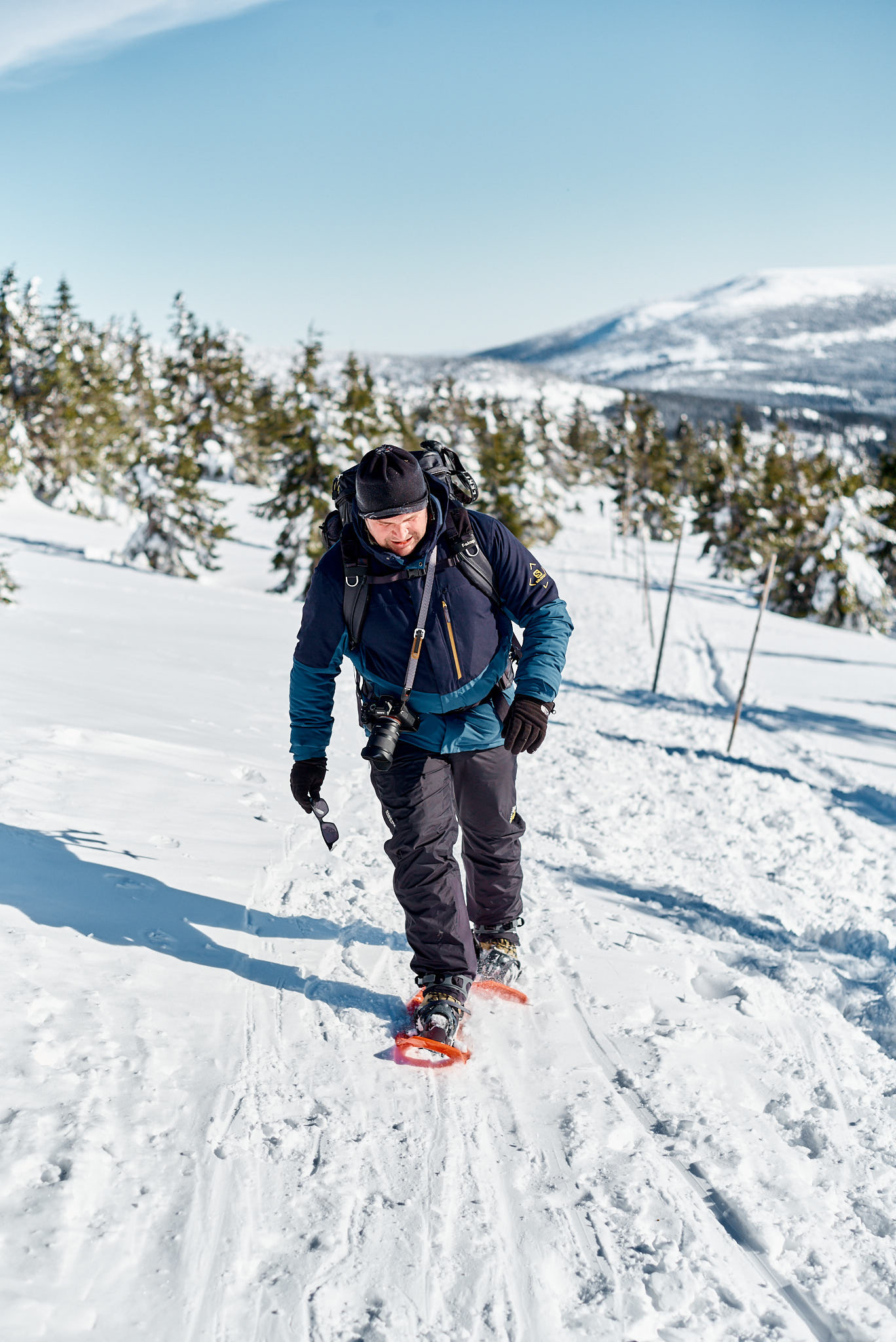
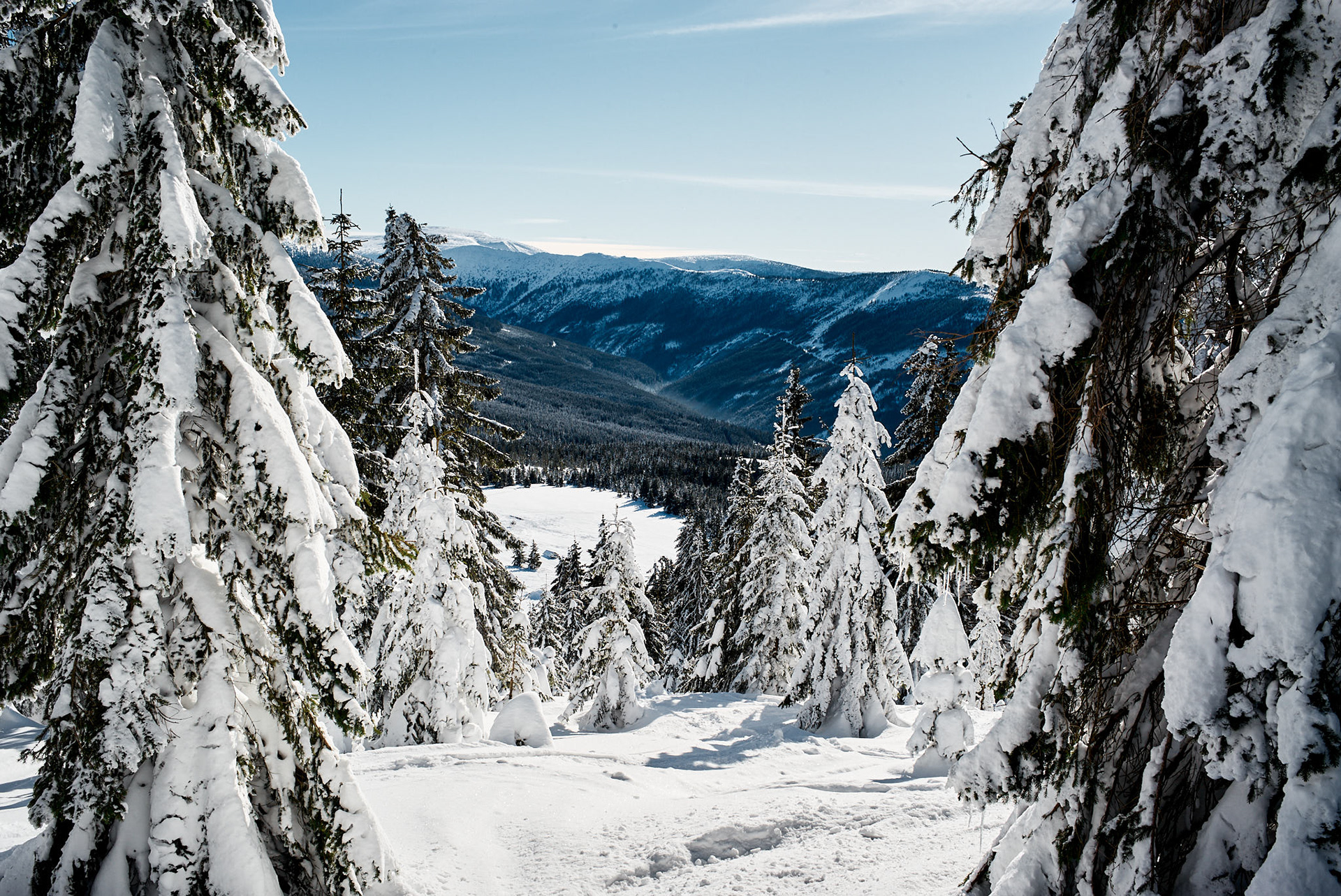
Views to the White Elbe valley.
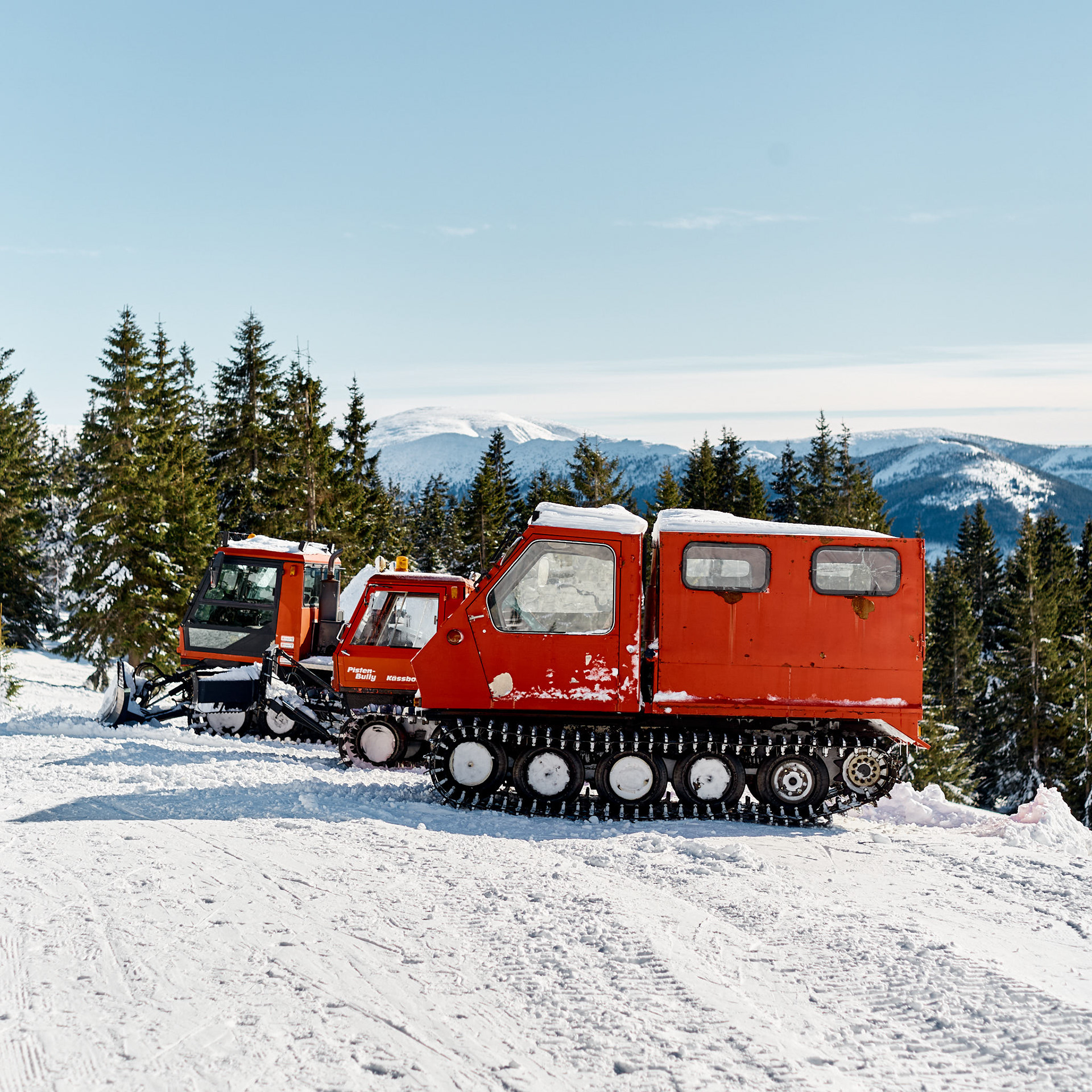
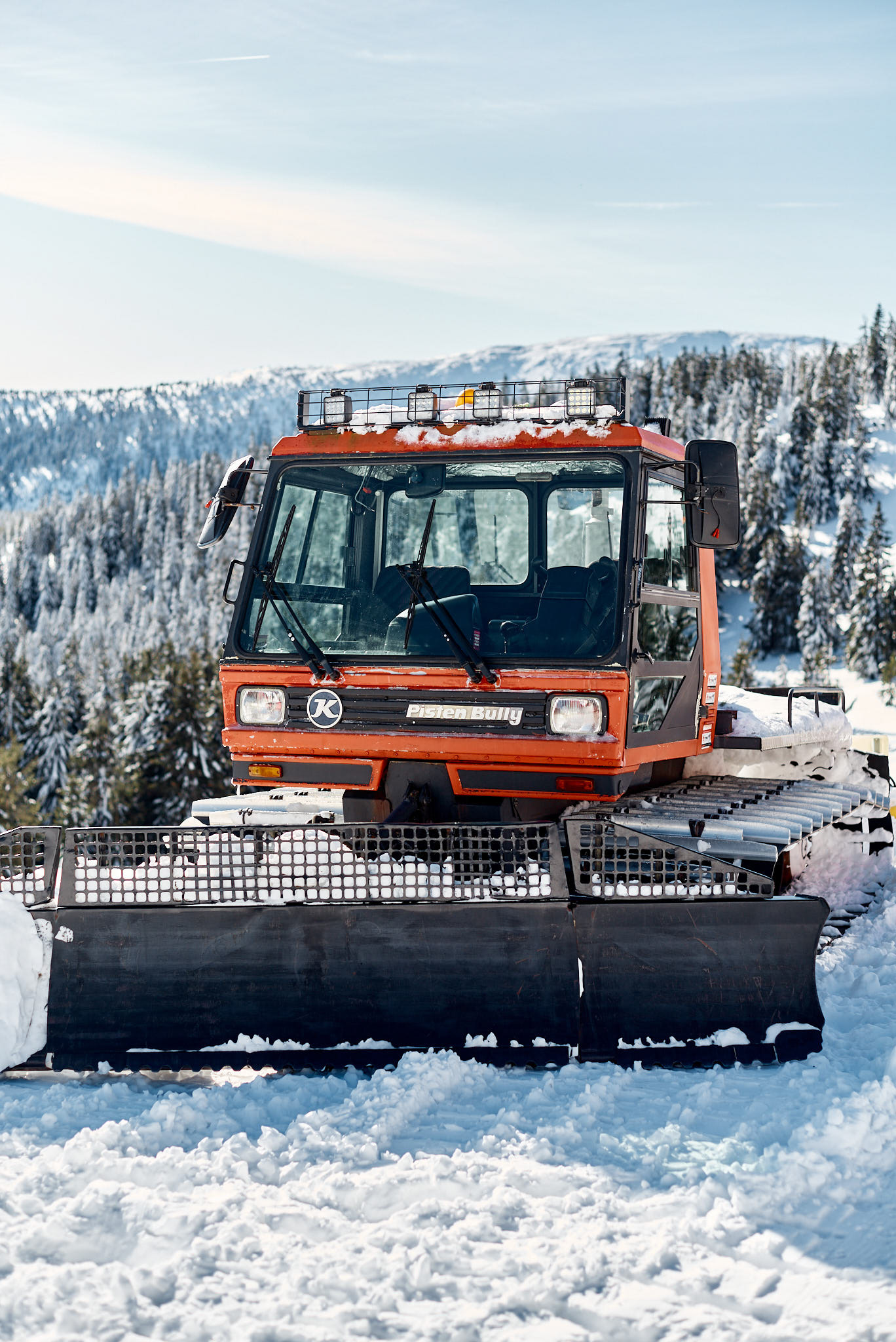
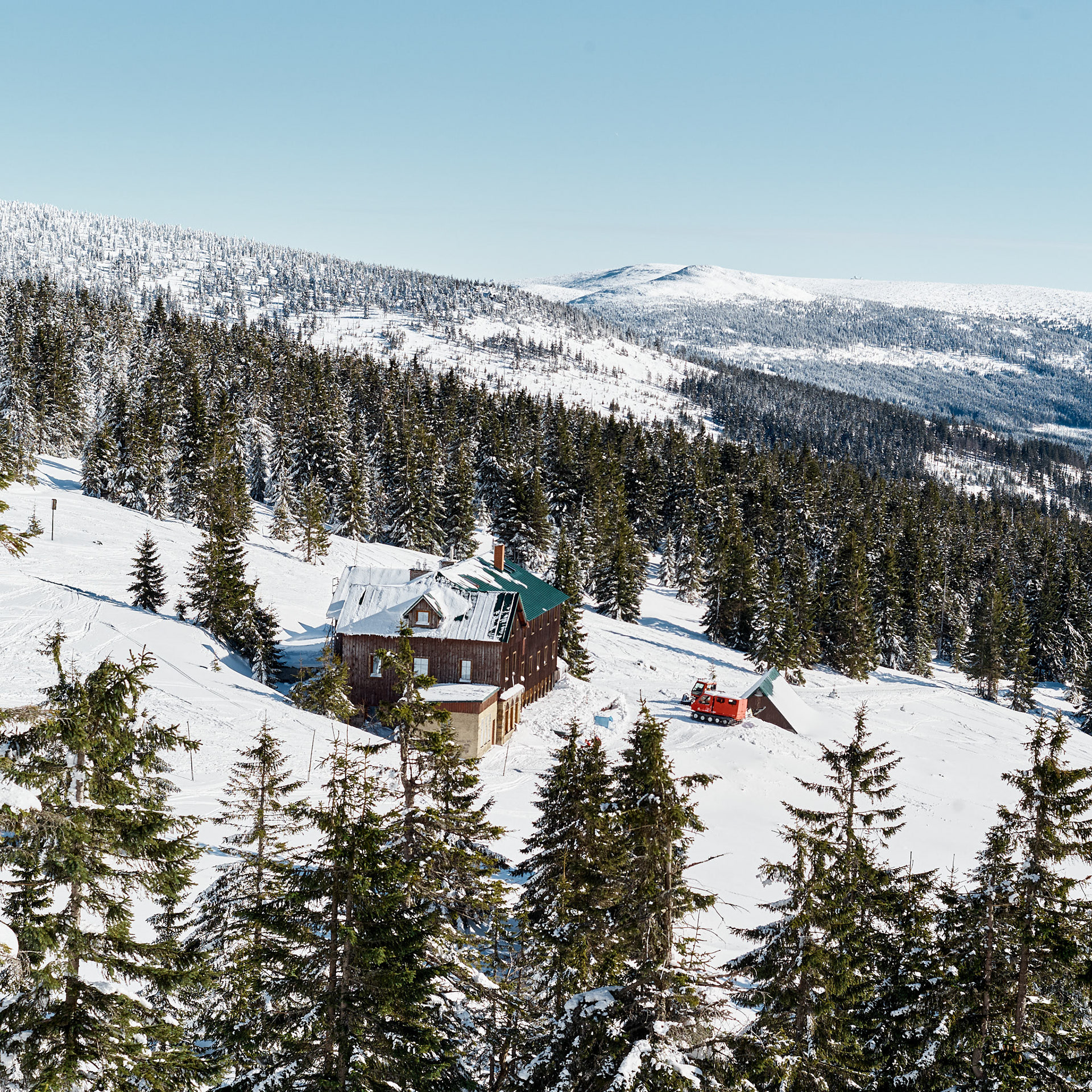
Martinovka. Certain Martina Navratilova is supposed to be named after this hut.
The legendary brutalist beauty of neglected Labská bouda.
On that meadow the river Elbe springs.
A brook called Elbe, covered by snow.
Schneegruben to the left, to Martinovka to the right. Muttich's silent marks.
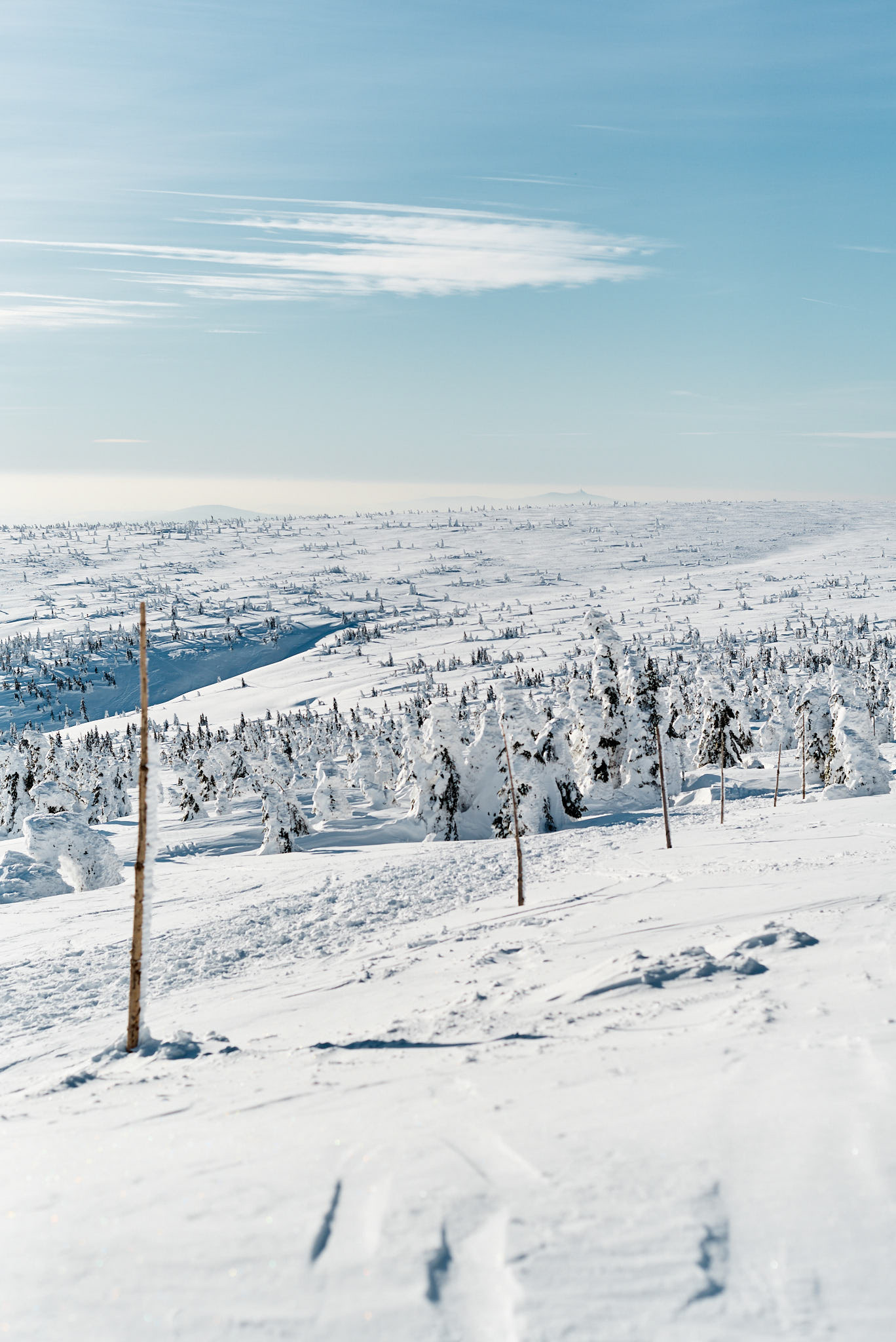
Ještěd on the horizon
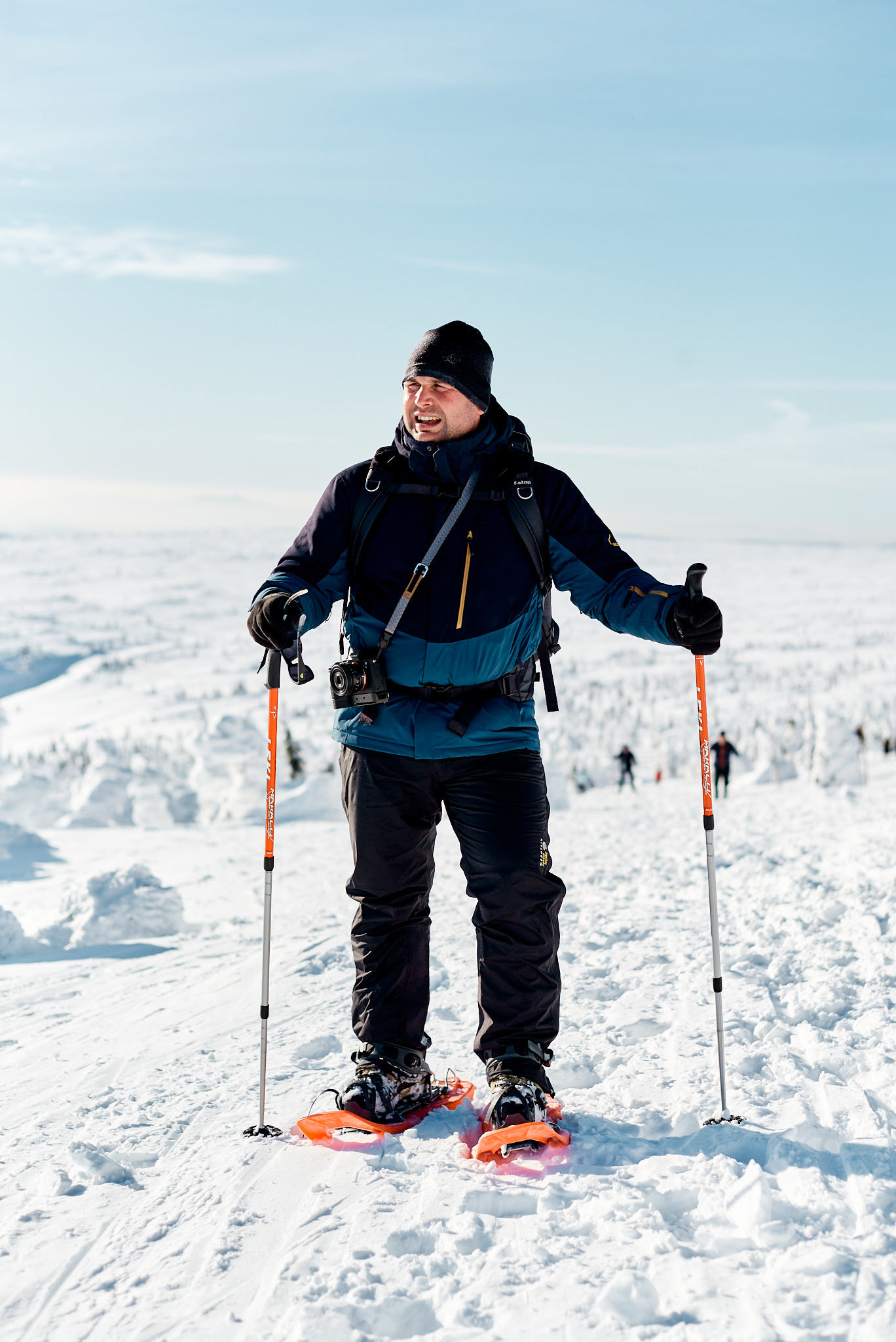
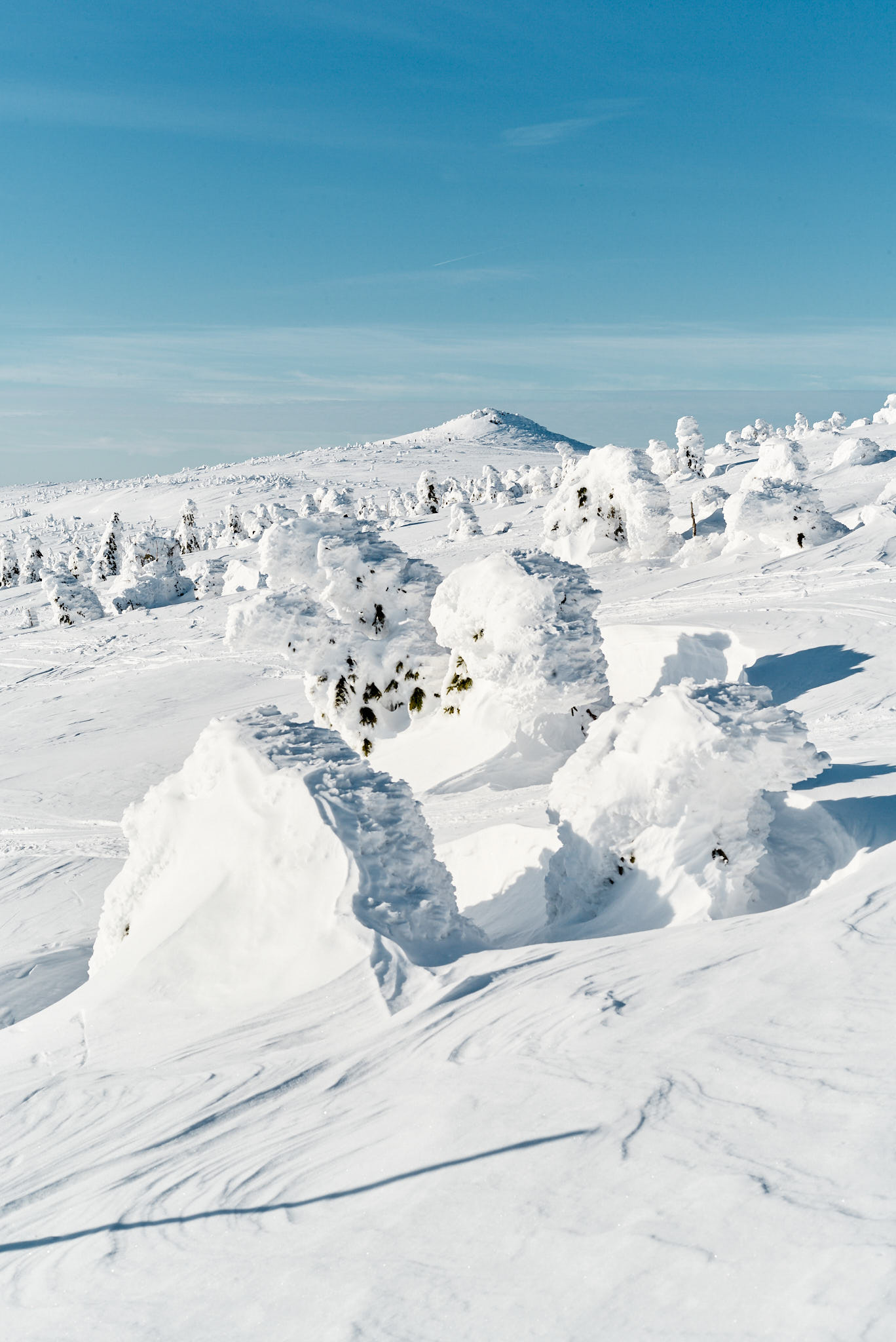
Violík, Velichenstein, Łabski Szczyt
The Schneegruben - or Snowy Cirques - the pearl of the Silesian side of the mountains.
Hohes Rad, Vysoké kolo, Wielki Szyszak.
Névé, carved by the wind.
And to think they say Labská bouda is ugly...
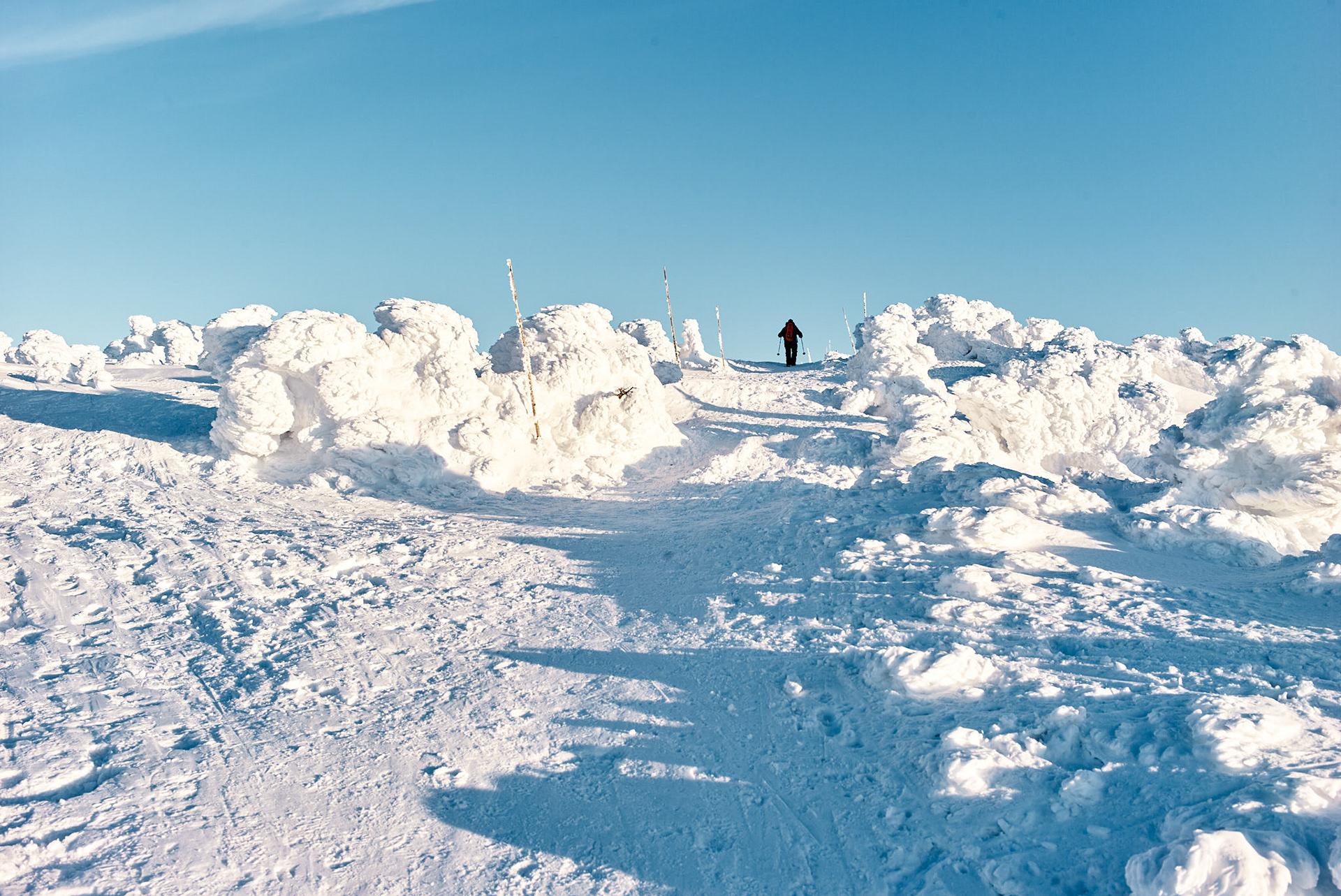
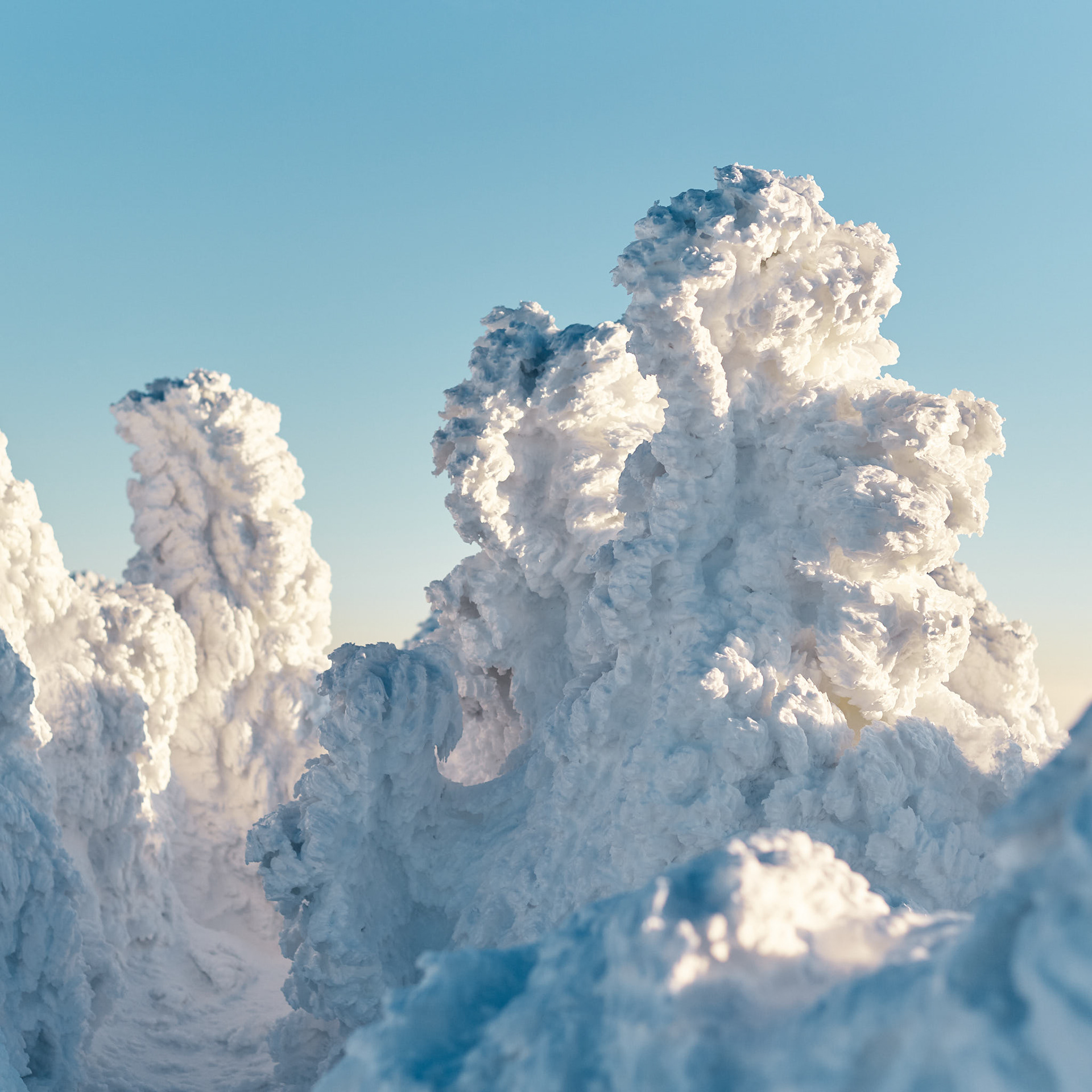
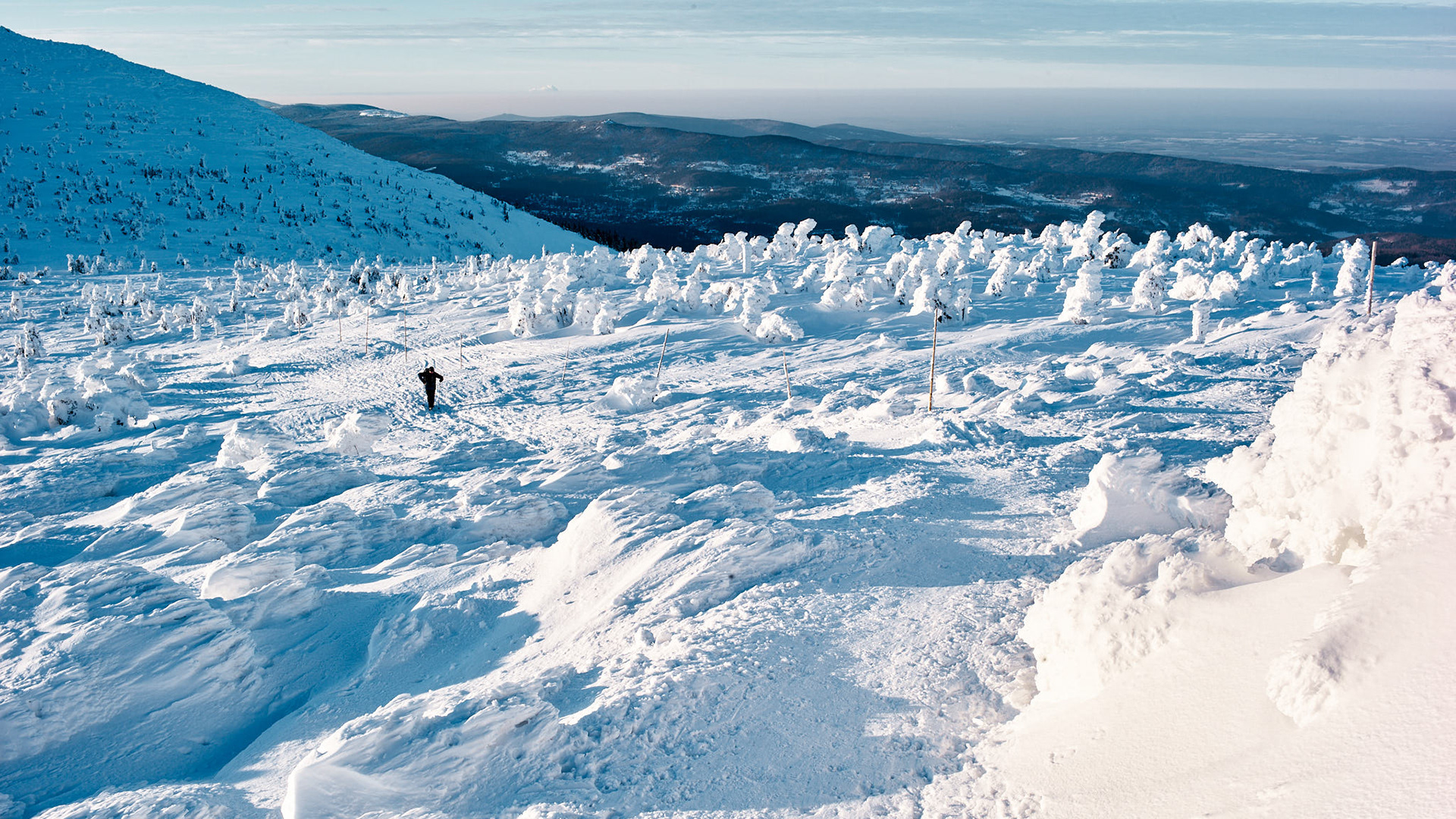
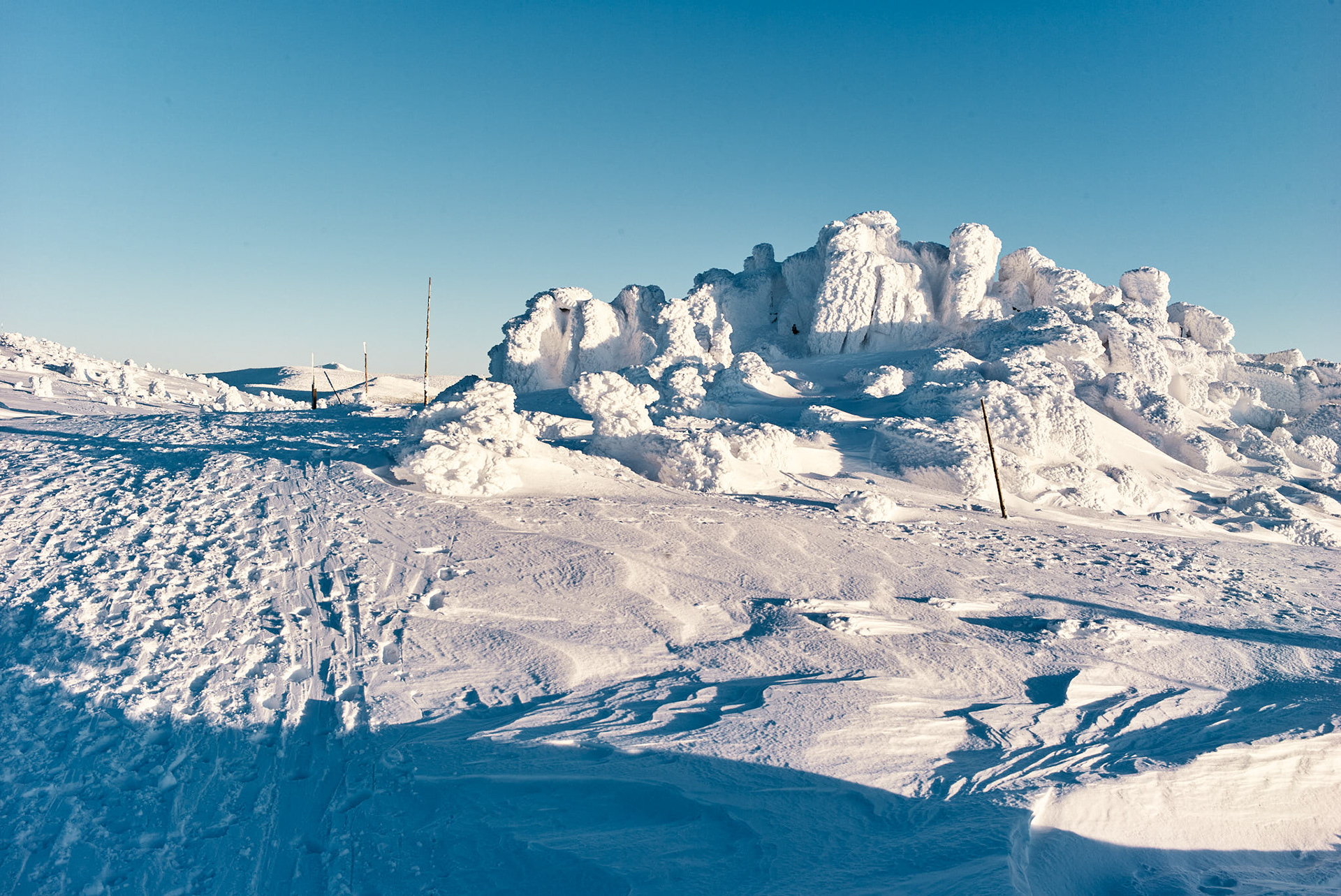
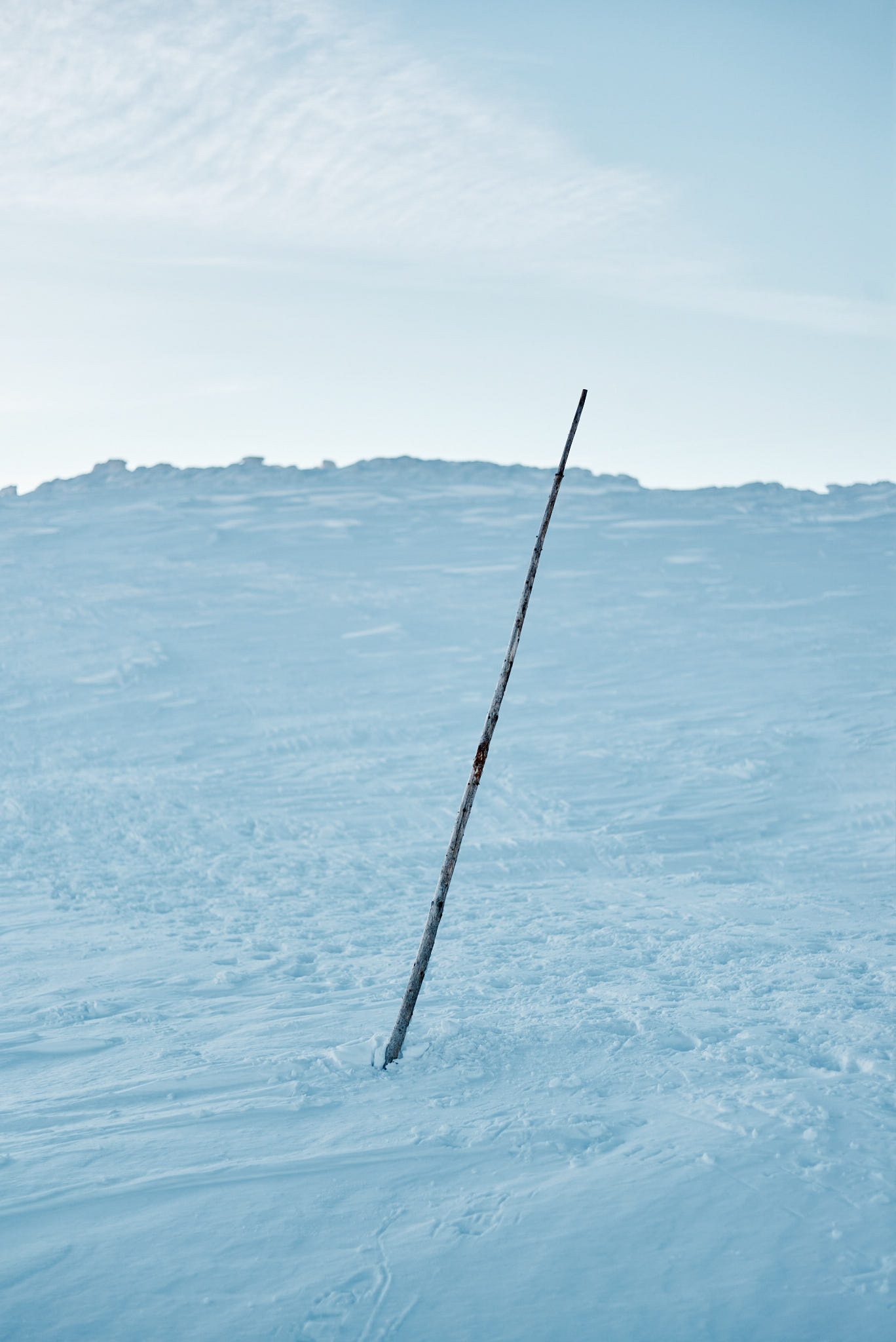
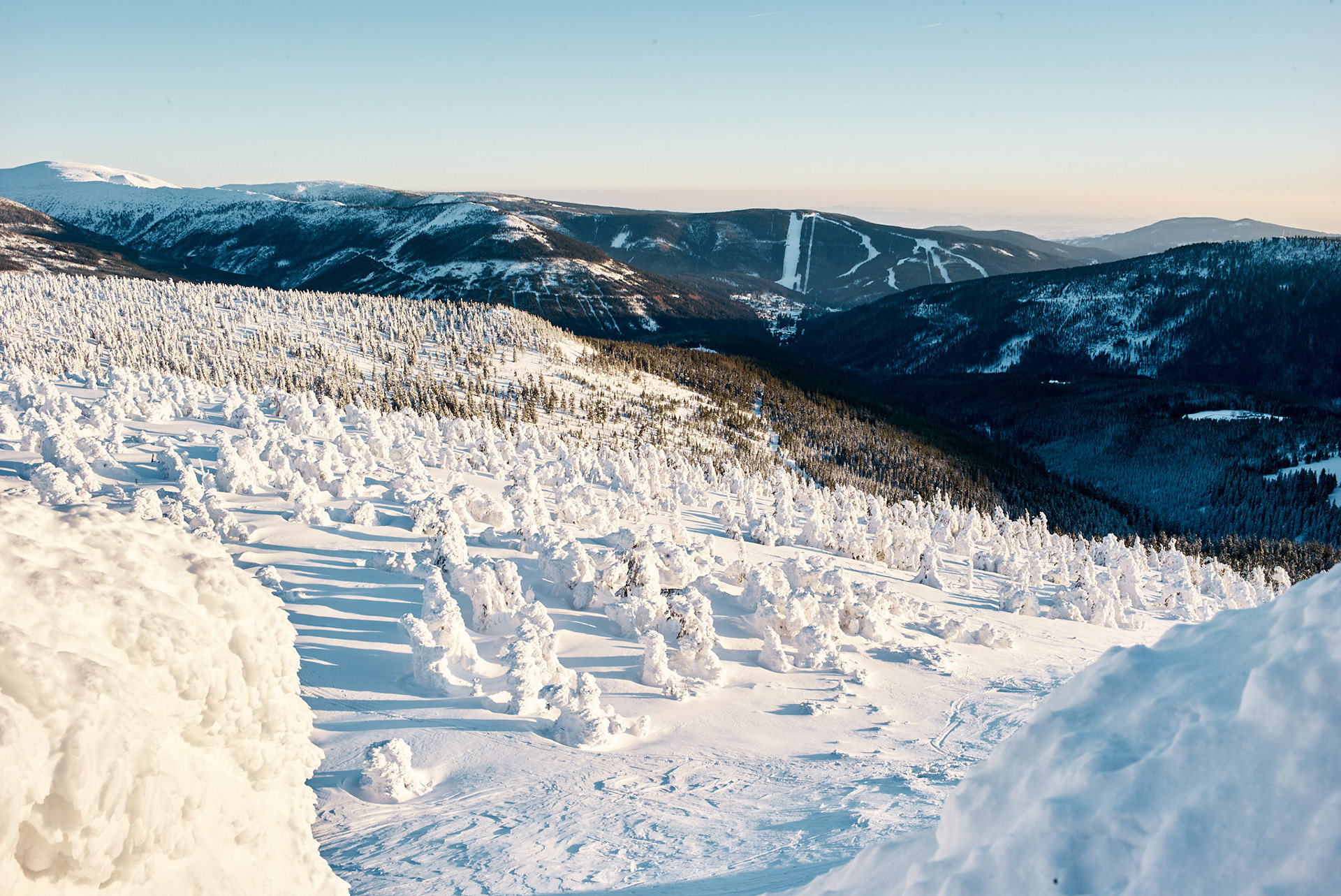
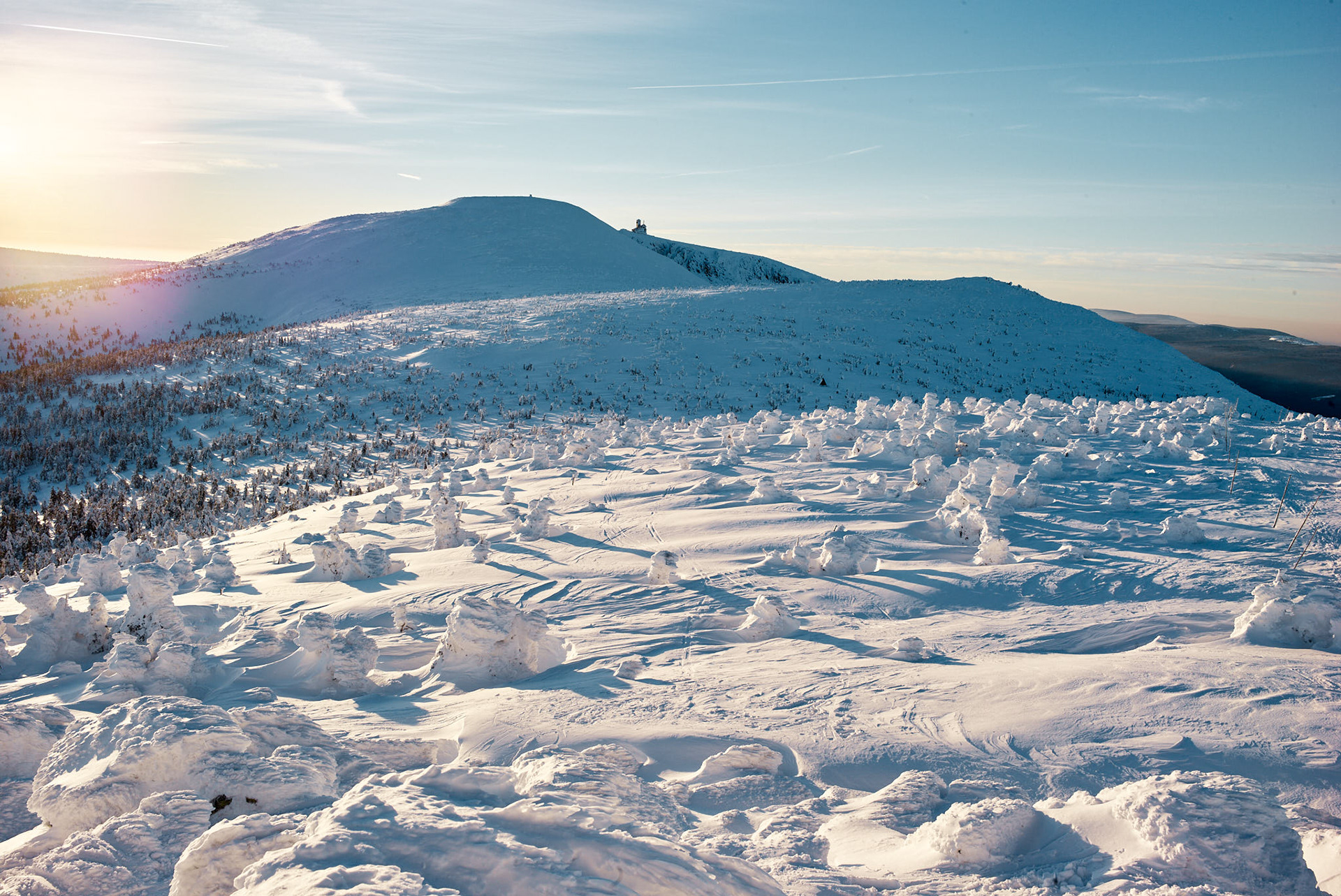
The view of eastern Krkonoše. Sněžka - Schneekoppe rises above Střbrný hřbet - Mittagsberg on the left, Studniční a Luční hora - Brunnberg and Hochwiesenberg on the right.
Photographer's prayer of gratitude
Time to kneel before it's highness the Alpenglow.
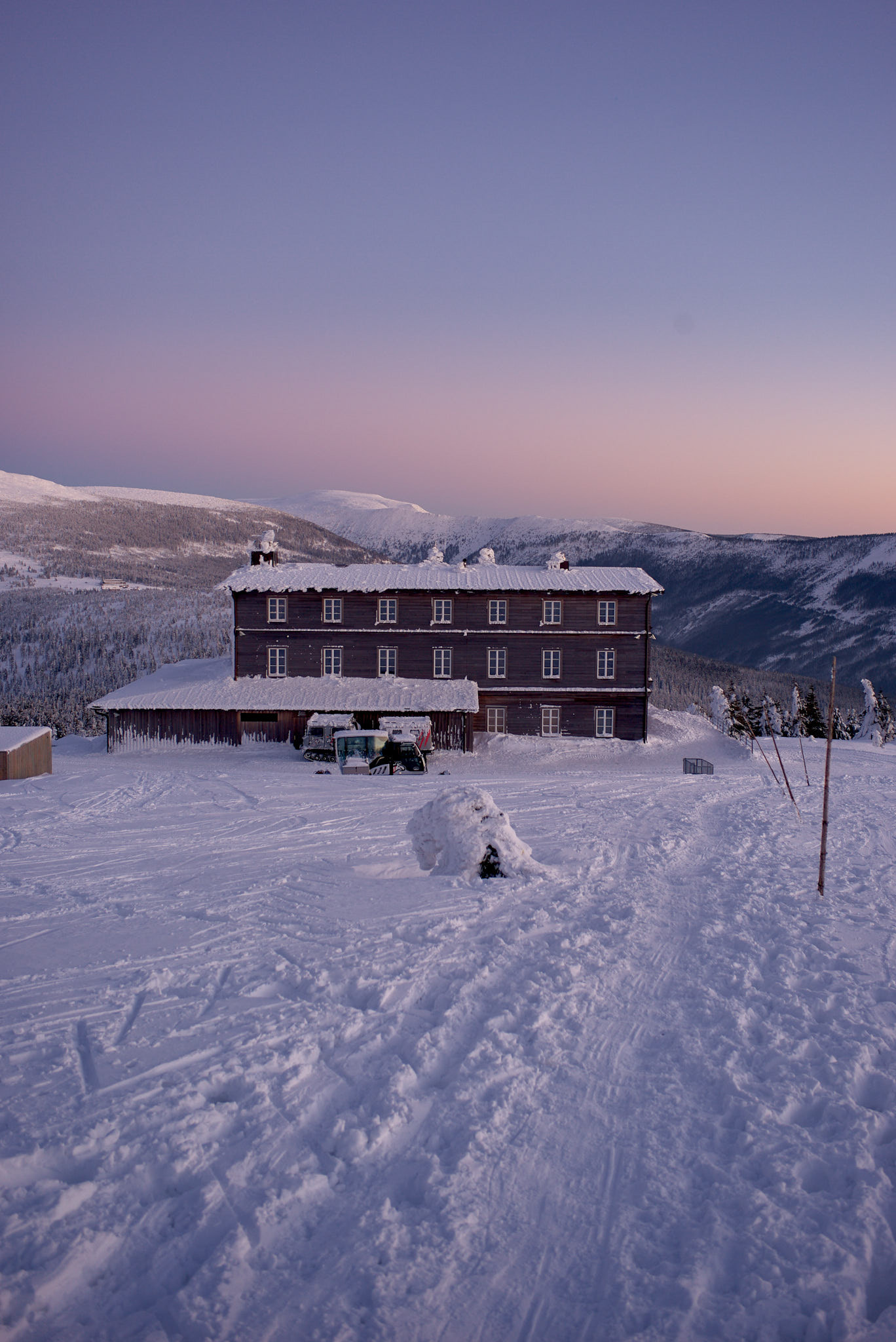


Dusk is casting tones of ultramarine over the landscape. The silver Hochwiesenberg glows in the background.
and Apo-Skopar 90/2.8 VM.)